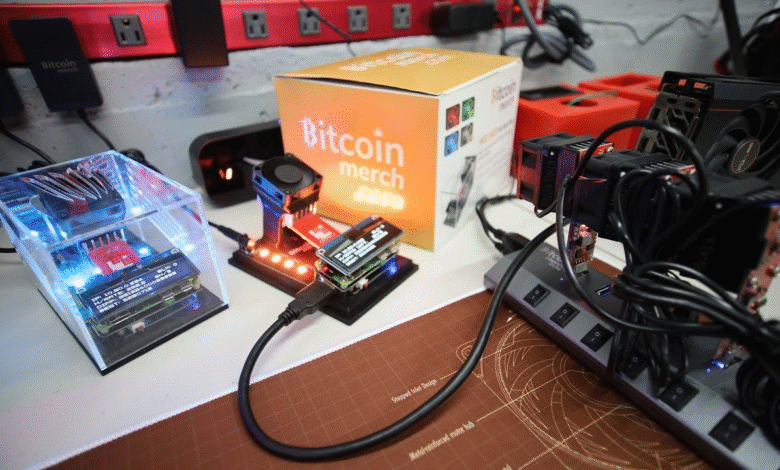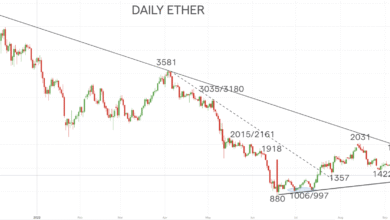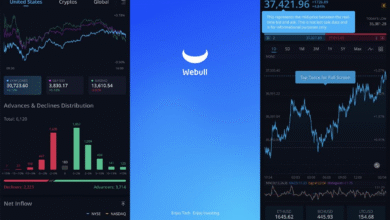Solo Mining: Remarkable Success with Block 907283

Solo mining is a thrilling endeavor for cryptocurrency enthusiasts, as it allows individuals to independently participate in the bitcoin block mining process. Recently, a solo miner achieved a remarkable feat by mining block 907283, utilizing a respectable hashrate of 48.3 terahash per second (TH/s). This accomplishment showcases not only the potential for solo miner success but also highlights the challenges faced by those operating without the massive infrastructures of larger mining pools. With the mining landscape dominated by powerhouses like F2pool and Antpool, the odds stacked against solo miners are formidable, making any successful block discovery a celebrated rarity. Joining platforms like CK Pool enables more individuals to experience this unique mining approach, retaining full rewards without the need for resource-intensive machinery.
Individual mining, often referred to as solo mining, presents a fascinating alternative in the world of cryptocurrency. Unlike large mining operations that rely on elaborate setups and pooled resources, solo miners operate at their own pace, solely depending on their own technical capabilities and equipment. This method can yield significant rewards, as the entire payout from bitcoin block mining goes directly to the miner when they successfully find a block. With the recent success of mining block 907283, it’s clear that even miners with smaller setups can achieve remarkable milestones, underscoring the potential for independent operators in a competitive environment. The journey of a solo miner, though fraught with challenges, offers a unique blend of excitement and personal achievement in the ever-evolving blockchain landscape.
The Rise of Solo Mining: A Unique Approach to Bitcoin Block Mining
Solo mining is an increasingly popular option for individuals looking to delve into the world of Bitcoin mining without the complexities involved in joining large pools. This method allows miners to maintain full control over their operations and retain 100% of the block rewards. For instance, one recent success story involves a solo miner who achieved the remarkable feat of mining block 907283 with a modest hashrate of approximately 48.3 TH/s. This incident showcases the potential of solo miners to compete with larger mining operations by leveraging their specific setups and expertise.
While the majority of Bitcoin mining is controlled by large pools, the allure of solo mining lies in its independence and potential for substantial rewards. When a solo miner successfully mines a block, they receive the entire payout, which can translate to significant profits, especially given the current price fluctuations in Bitcoin. However, solo mining can resemble a lottery where the odds of success are heavily stacked against the individual compared to the industrial mining giants. Thus, the thrill of striking gold in solo mining often outweighs the stark realities of its challenges.
Frequently Asked Questions
How can a solo miner achieve success in solo mining?
Success in solo mining largely depends on your hashrate, as demonstrated by the recent case of mining block 907283 with only 48.3 terahash per second (TH/s). While the odds are slim due to competition from large mining pools, maintaining a stable setup and patience, along with utilizing resources like CK Pool, can increase your chances of success.
What is CK Pool and how does it facilitate solo mining?
CK Pool is a unique mining pool that allows users to mine solo while benefiting from a collaborative infrastructure. Unlike traditional mining pools where rewards are shared, CK Pool enables solo miners to retain the full block reward, as seen in the recent success of mining block 907283.
What are the chances of a solo miner successfully mining a bitcoin block?
The chances of a solo miner successfully mining a bitcoin block are very low, especially compared to larger operations. For instance, the recent mining of block 907283 required numerous attempts and represented a noteworthy achievement given the miner’s hashrate of 48.3 TH/s, highlighting the lottery-like odds in solo mining.
What factors affect the terahash performance of a solo miner?
Terahash performance for a solo miner is influenced by hardware efficiency, network difficulty, and the miner’s total hashrate. In the case of mining block 907283, the miner utilized approximately 48.3 TH/s, demonstrating that even modest hashrates can yield success under the right conditions.
What does it mean to mine a block like 907283 as a solo miner?
Mining a block like 907283 as a solo miner signifies that you have successfully solved the mathematical problem required for block authentication, earning the full block reward. Achieving this with a lower hashrate of 48.3 TH/s from an independent setup showcases the unique challenges and potential rewards of solo mining.
| Key Points | Details |
|---|---|
| Successful Solo Mining Achievement | A solo miner mined block 907283 with a hashrate of 48.3 TH/s. |
| CK Pool Mining Model | CK Pool allows solo miners to participate in mining while retaining full control of rewards. |
| Previous Block Mining Details | The last block mined before this was 2,294 blocks ago. |
| Solo Mining Challenges | Solo miners face high competition from large mining pools, making success rare. |
| Overall Mining Statistics | CK Pool has mined a total of 8 blocks in 2025, compared to 16 in 2024. |
Summary
Solo mining represents a unique approach to cryptocurrency mining where individual miners operate independently, allowing them to keep the full block rewards. The recent success of a solo miner in mining block 907283 with a hashrate of 48.3 TH/s highlights both the potential and challenges of solo mining. Despite the high competition and low odds against them, each achievement in solo mining is a remarkable milestone that showcases the determination and skill of individual miners.




